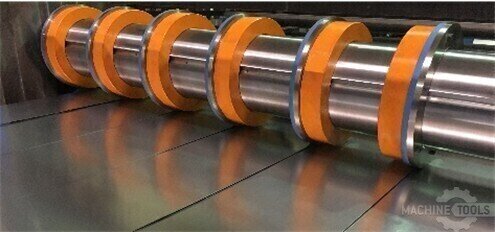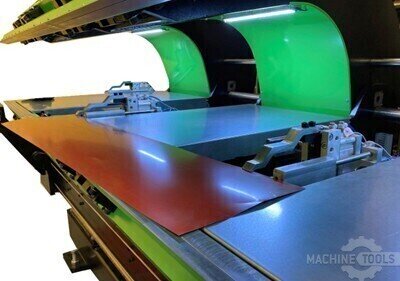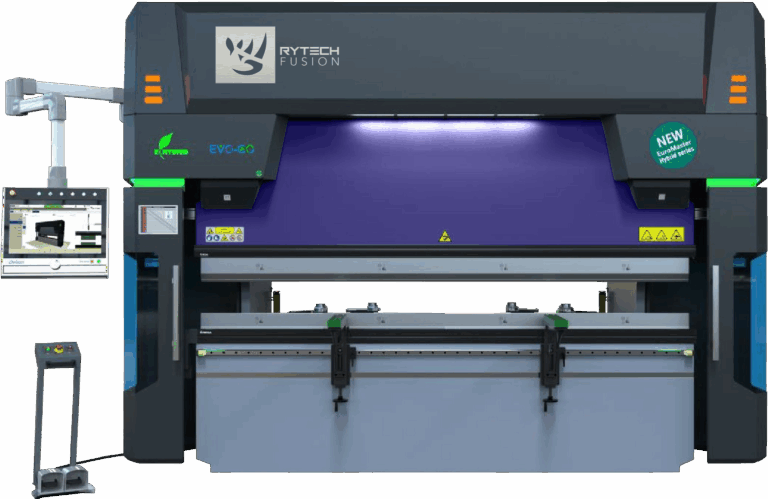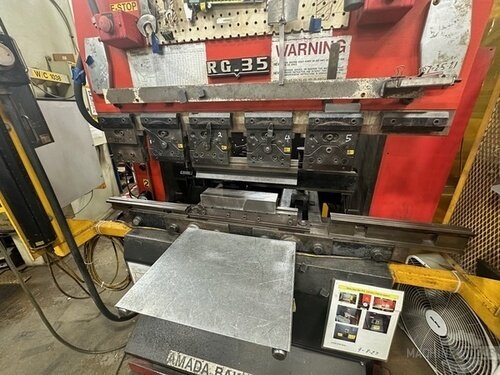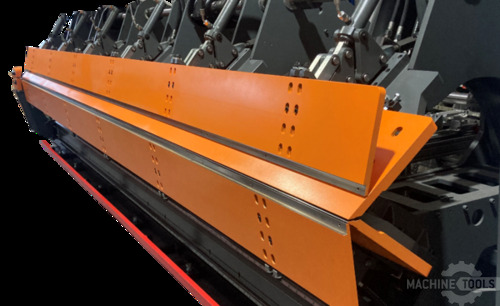From the shop floors of southern Chicago to my current role as Regional Sales Executive at Mac-Tech, my career has always been about putting the customer first. I grew up around hardworking people who demanded reliable equipment to keep their businesses thriving. That lesson stuck with me. Today, I partner with roofing and fabrication shops across the country, helping them navigate the wide range of coil processing solutions—folders, shears, slitters, decoilers, downspout roll formers, panel benders, and, of course, recoilers. My mission is simple: identify bottlenecks, recommend the right upgrades, and ensure my customers’ production lines run as efficiently as possible.
Leveraging Decades of Expertise: Identifying Inefficiencies in Coil Processing Operations
After decades in the metal fabrication industry, I’ve seen firsthand how small inefficiencies can snowball into major headaches. Whether it’s uneven coil winding, excessive scrap, or unplanned downtime, the root cause often traces back to outdated or improperly specified recoiling equipment. At Mac-Tech, we start with a complete walkthrough of your operation, looking for telltale signs like coil telescoping, edge damage, or inconsistent tension. These issues don’t just slow you down—they hit your bottom line through wasted material, extra labor, and missed delivery targets. My goal is to help customers spot these red flags early and build a plan for smarter, more reliable coil handling.
Evaluating Your Current Recoiling Equipment: Key Metrics for Improved Output and Reduced Scrap
A thorough equipment evaluation is the foundation for any worthwhile upgrade. I guide customers through a simple but effective checklist:
- How consistent is the tension across the coil during rewind?
- Are you seeing edge damage or telescoping, especially at higher speeds?
- What percentage of material is lost to trim or scrap?
- How much time is spent on manual adjustments or re-threading?
- What is the average downtime per shift for maintenance or jams?
Modern recoilers for light- to medium-gauge coils feature advanced tension controls, automatic edge guides, and quick-change mandrels. These features aren’t just bells and whistles—they directly translate to improved output, tighter tolerances, and less waste. When comparing machines, I always encourage customers to look beyond the sticker price and focus on total cost of ownership, including labor savings and reduced scrap.
Tailoring Advanced Recoilers to Slitting, Forming, and Folding Demands in Metal Fabrication
No two shops are identical, and neither are their coil handling requirements. Whether you’re running a high-speed slitting line, a forming operation, or a folding system, the recoiler must match the application’s demands. For slitting, precise tension and edge control prevent camber and crossbow. In forming and folding, smooth, consistent rewind ensures downstream machines receive properly aligned material. At Mac-Tech, I work closely with customers to specify recoilers with the right horsepower, drum diameter, and automation level. We consider coil width, gauge range, line speed, and integration with existing equipment—folders, slitters, or panel benders—so you get a turnkey solution that fits your workflow.
STEFA LCS3
Upgrading for Speed and Precision: Solutions for High-Volume Coil-Fed Production
As production volumes increase and tolerances tighten, older recoilers quickly become a limiting factor. Advanced systems offer servo-driven controls, recipe-based setups, and integrated safety features. Automation reduces operator intervention, lowers labor costs, and ensures repeatability shift after shift. I’ve helped shops transition from manual or semi-automatic recoilers to fully automated units that can handle multiple gauges and widths with minimal changeover time. The result is higher throughput, fewer errors, and the capacity to take on more demanding jobs—without adding headcount or sacrificing quality.
Real-World Results: Case Studies in Waste Reduction and Efficiency Gains with Modern Recoilers
One of our roofing customers struggled with edge damage and excessive scrap on their older recoiler. After upgrading to an advanced, servo-driven unit with auto-tension and edge tracking, they cut scrap rates by 18 percent and reduced changeover time by nearly half. Another fabrication shop integrated a new recoiler with their panel bender and saw a 20 percent jump in throughput, along with improved part consistency. These aren’t isolated cases—they’re the direct result of matching the right technology to the right application, backed by training and ongoing support.
FAQ
When is the right time to upgrade a roll former or folder?
If you’re seeing frequent downtime, rising scrap rates, or struggling to keep up with customer specs, it’s time to start evaluating an upgrade. I recommend a thorough line audit every 4–5 years, or sooner if your production mix changes.
How do servo-driven folders compare to hydraulic systems?
Servo-driven folders offer faster cycle times, quieter operation, and tighter tolerances. They’re ideal for high-mix, short-run environments where setup speed and part accuracy are critical. Hydraulic systems still have their place, especially for heavy-gauge work, but the industry is moving toward servos for most light- to medium-gauge applications.
What’s the difference between a combi-beam and a double folder?
A combi-beam folder uses a single beam that can switch between folding and pressing, offering flexibility for complex profiles. Double folders have two independent beams and can perform up-and-down bends without flipping the part, which speeds up production and improves consistency.
What are signs a roll forming line is no longer cost-effective?
Look for increased maintenance costs, rising scrap, frequent jams, or the inability to hit today’s tighter tolerances. If your line can’t keep up with demand or new material types, it may be time to consider an upgrade.
How can automation in recoilers reduce labor and improve quality?
Automation minimizes manual adjustments, reduces operator fatigue, and ensures consistent tension and alignment. This leads to less scrap, higher throughput, and frees up skilled labor for other value-added tasks.
Ready to see how the right recoiler or other coil processing equipment can transform your production line? I’m here to help—whether you need a demo, a walkthrough, or a no-obligation quote. Reach out by phone, email, or the form below, and let’s take your operation to the next level.
Get Weekly Mac-Tech News & Updates

